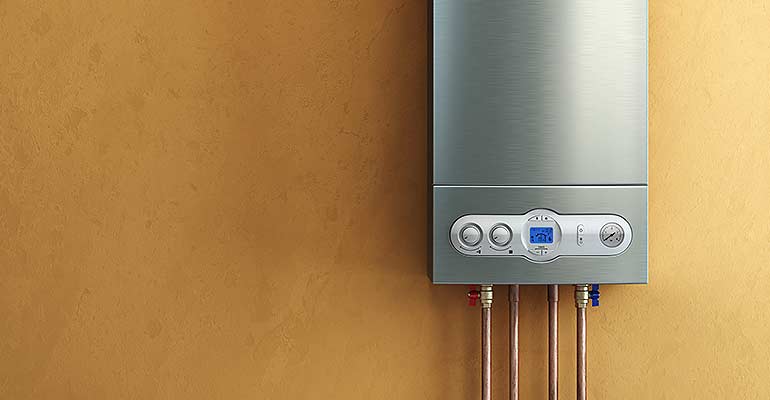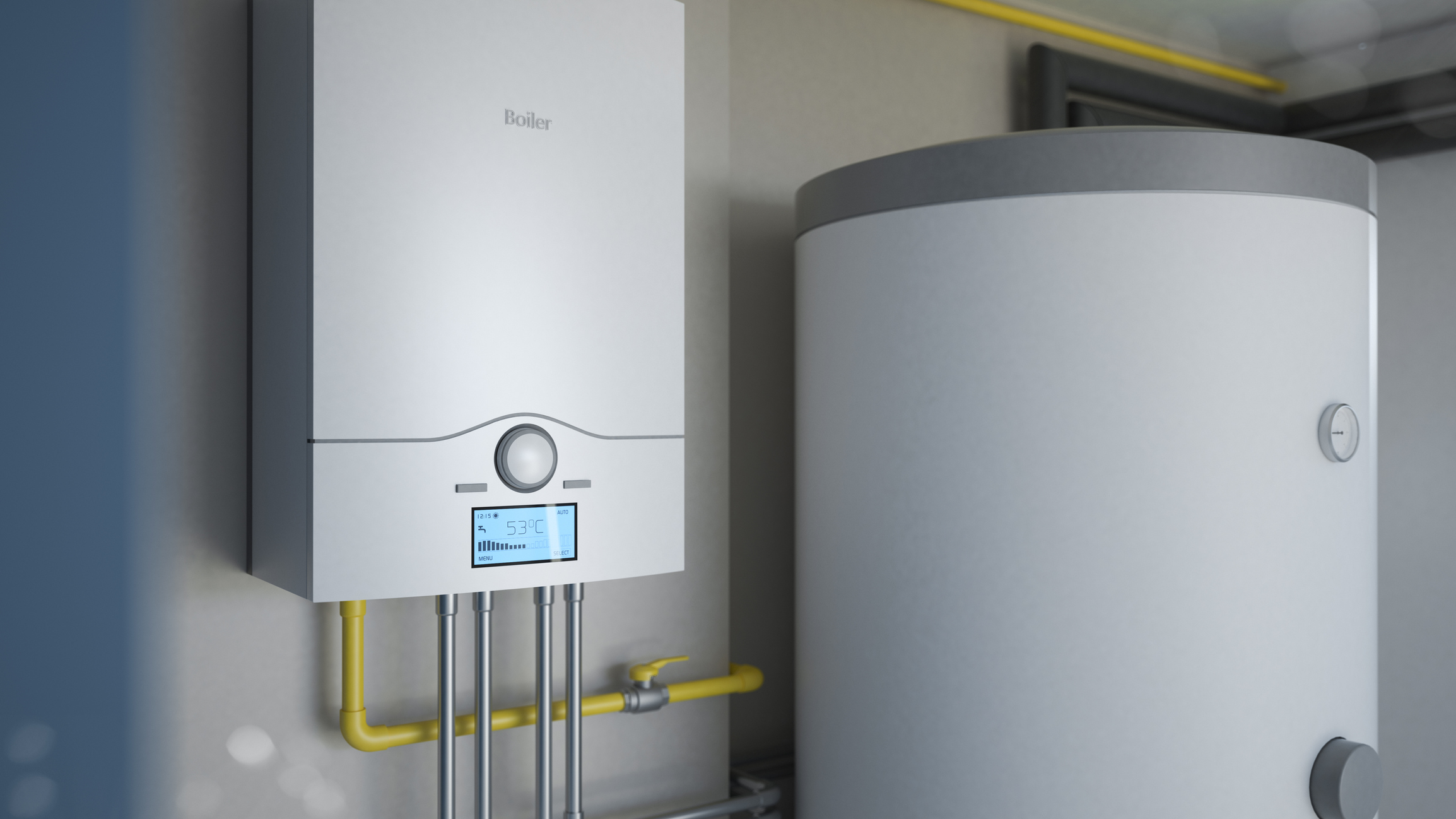Ways to Maintain Your Home's Hot Water System in Good Condition
Ways to Maintain Your Home's Hot Water System in Good Condition
Blog Article
What are your opinions on How to Maintain a Hot Water Heater in a Few Simple Steps?

Hot water is crucial for everyday comfort, whether it's for a revitalizing shower or washing meals. To ensure your warm water system runs effectively and lasts longer, normal maintenance is key. This short article provides useful tips and insights on just how to maintain your home's warm water system to prevent disruptions and pricey repair work.
Intro
Maintaining your home's warm water system may appear complicated, but with a couple of basic steps, you can guarantee it operates smoothly for several years to come. This guide covers every little thing from understanding your hot water system to do it yourself maintenance suggestions and understanding when to hire expert assistance.
Relevance of Maintaining Your Hot Water System
Routine upkeep not only expands the lifespan of your warm water system but likewise guarantees it operates successfully. Neglecting maintenance can result in lowered performance, higher energy expenses, and also early failure of the system.
Signs Your Hot Water System Requirements Upkeep
Recognizing when your warm water system needs attention can protect against major issues. Watch out for indications such as irregular water temperature level, weird noises from the heater, or rusty water.
Understanding Your Hot Water System
Before diving right into upkeep tasks, it's valuable to recognize the basic elements of your warm water system. Commonly, this includes the water heater itself, pipes, anode rods, and temperature level controls.
Month-to-month Maintenance Tasks
Routine regular monthly checks can assist capture small problems before they escalate.
Flushing the Hot Water Heater
Purging your hot water heater removes sediment build-up, boosting performance and lengthening its life.
Monitoring and Changing Anode Rods
Anode rods avoid corrosion inside the tank. Inspecting and replacing them when worn out is crucial.
Evaluating and Readjusting Temperature Level Setups
Changing the temperature settings ensures optimal efficiency and safety and security.
Do It Yourself Tips for Upkeep
You can carry out several maintenance tasks yourself to maintain your warm water system in leading condition.
Looking for Leaks
Routinely check pipelines and connections for leakages, as these can cause water damage and greater expenses.
Testing Stress Relief Valves
Examining the pressure safety valve guarantees it works appropriately and prevents extreme stress buildup.
Protecting Pipelines
Shielding warm water pipes lowers warm loss and can save power.
When to Call a Specialist
While DIY maintenance is useful, some issues require professional experience.
Complicated Problems Requiring Professional Aid
Examples include major leaks, electrical problems, or if your hot water heater is regularly underperforming.
Routine Expert Maintenance Advantages
Expert upkeep can consist of thorough evaluations, tune-ups, and guaranteeing conformity with safety and security criteria.
Final thought
Routine upkeep of your home's warm water system is crucial for performance, longevity, and cost savings. By following these tips and knowing when to seek expert assistance, you can make sure a trusted supply of hot water without unexpected interruptions.
Water Heater Maintenance: The Basics
Maintaining your water heater will ensure it operates efficiently and has a longer lifespan. Neglecting regular maintenance can lead to costly repairs and an even bigger chunk of your savings if you have to replace it sooner than necessary. But there’s good news: Most water heater maintenance tasks are relatively simple and easy for homeowners with basic DIY skills.
Flush the Water Heater
Over time, sediment and minerals can build up in the tank, reducing its efficiency and potentially causing damage. To flush the tank, turn off the power or gas supply, attach a hose to the drain valve near the bottom and open the valve to drain the water until it runs clear. Ideally, flush the tank annually.
Replace the Anode Rod
The anode rod is a sacrificial metal rod that helps prevent corrosion inside the tank. Inspect and replace it every three to five years or per the manufacturer's recommendation. To replace the anode rod, turn off the power or gas supply, drain a few gallons of water from the tank, unscrew the old rod and replace it with a new one. If the anode rod is significantly corroded or covered in calcium buildup, it's a sign the water heater may need to be replaced soon.
Tune-Up
A yearly tune-up can help identify potential issues and ensure your water heater operates at peak efficiency. This typically involves checking the thermostat, burner assembly (for gas heaters) and any other components specified by the manufacturer. During a tune-up, the technician may also clean the burner and adjust the pilot light (for gas heaters) or examine the heating elements (for electric heaters).
How to Maintain Your Water Heater
Insulate the tank. Insulating the tank can improve energy efficiency and reduce heat loss, saving you money on energy bills. You can purchase precut insulation blankets designed specifically for water heaters or use standard fiberglass insulation wrapped securely around the tank. Check the temperature. The recommended water temperature for most households is around 120 degrees Fahrenheit (49 degrees Celsius). Higher temperatures can increase energy costs and potentially cause scalding. Use a kitchen thermometer to check the temperature at the faucet nearest the water heater. Monitor water pressure. Excessive water pressure can strain the water heater and cause leaks or even tank failure. Install a pressure-reducing valve if necessary. The ideal water pressure range is between 60 and 70 PSI (pounds per square inch). Test the temperature and pressure (T&P) relief valve. The T&P relief valve is a safety feature that releases pressure if the tank gets too hot or the pressure builds up too high. Test it annually by lifting the lever and allowing a small amount of water to release. Replace the valve if it doesn't release water or reseal properly. Check for leaks. Regularly inspect the tank, pipes and fittings for leaks or corrosion. Deal with issues promptly to prevent further damage. Even a small leak can lead to significant water damage over time. Consider a tankless water heater. If your traditional tank-style water heater is nearing the end of its lifespan ( typically 10 years), consider replacing it with a tankless water heater. These units heat water on demand, reducing standby energy losses and potentially saving you money on your energy bills. Schedule professional maintenance. While homeowners can perform many water heater maintenance tasks, it's still a good idea to schedule professional maintenance every few years. A plumber or HVAC technician can thoroughly inspect the unit, identify potential issues and ensure it operates safely and efficiently. https://www.homeserve.com/en-us/blog/home-improvement/hot-water-heater-maintanence/

Do you like reading up on Tips For Maintaining Your Hot Water Heater? Give a remark directly below. We would be happy to find out your views about this posting. We hope that you come back again in the near future. Kindly take the opportunity to distribute this blog entry if you enjoyed reading it. I cherish your readership.
Book Appointment Report this page